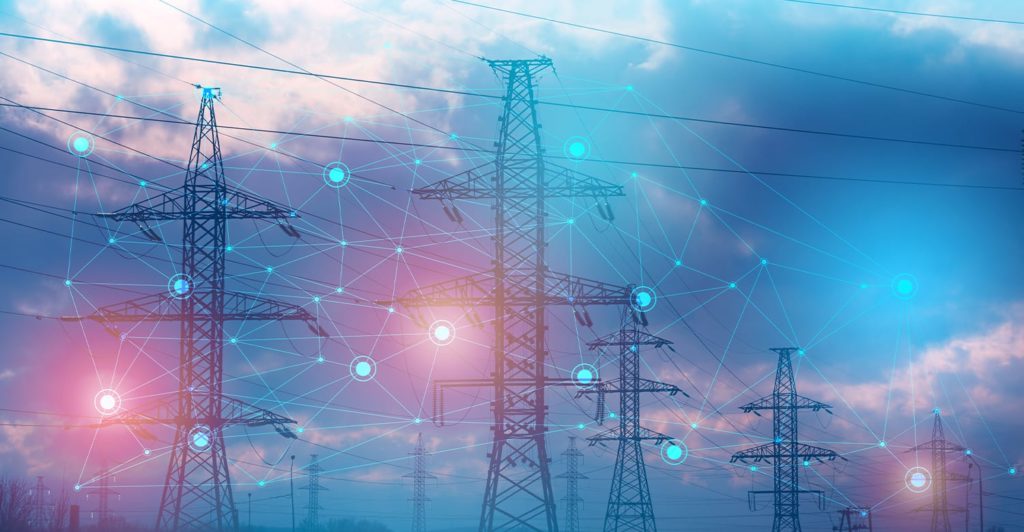America’s electrical grid was first built in the 1890s, and then expanded upon as more and more of America became connected to it (the author’s great-grandfather was a linesman that worked to connect New England). But today, the grid is being stretched to its capacity. Electricity generated in one state can be transmitted across state lines to be consumed several states away. But to facilitate the movement of electricity across the country, a new kind of grid is needed, a smart grid.

What is a smart grid?
A smart grid is a grid that allows two-way digital communications between power plants, utilities, and even electrical customers. The idea behind this new kind of grid is that electricity produced in one part of the country can be instantaneously transmitted to wherever there is energy demand. The most exciting thing about a smart grid is that it can simply be added to our existing grid. The smart grid will consist of controls, computers, automation, and new technologies that will work on our existing grid to facilitate the effortless flow of electricity anywhere in the country.
How a smart grid could enable America to run on renewable energy
Today’s grid is prone to failure, a blackout can have a domino effect that plunges entire cities into darkness. It doesn’t have to be this way. A smart grid would be able to sense a power outage and automatically reroute electricity to the affected area. A smart grid equipped with grid-scale battery storage would be able to do this instantly. Electricity consumers in the affected area would not even notice more than a momentary flicker.
Electricity where it’s needed and when it’s needed
The ability of a smart grid to instantaneously detect where electricity is needed, and where it is available for use, is key to how America can run on renewable energy. There’s an old but incorrect belief that there are times when there is no energy from renewable sources available. That belief is false, the midwest, in particular, has the most consistent levels of wind blowing in the world. All we need to do is be able to move that wind-generated power to where it’s needed. Effectively harnessing the wind power available in the midwest would move the nation significantly closer to running on 100% renewable energy,
A smart grid can put consumers in control
Switching to a smart grid would give consumers more control over how much they are paying for electricity. Smart meters enable consumers to see how much power they are using and/or generating in real-time. Households equipped with solar systems and batteries would be able to avoid expensive peak rates and make smart decisions about when to sell the power generated or stored by their systems to the grid. The flexibility offered by solar systems with batteries also enables the creation of virtual power plants. A virtual power plant is a collection of energy producers and consumers that work together to generate as much electricity as you would get from an actual power plant. A smart grid along with virtual power plants could put consumers in charge of the electricity they both produce and consume, which could lead to lower energy prices in the future.
